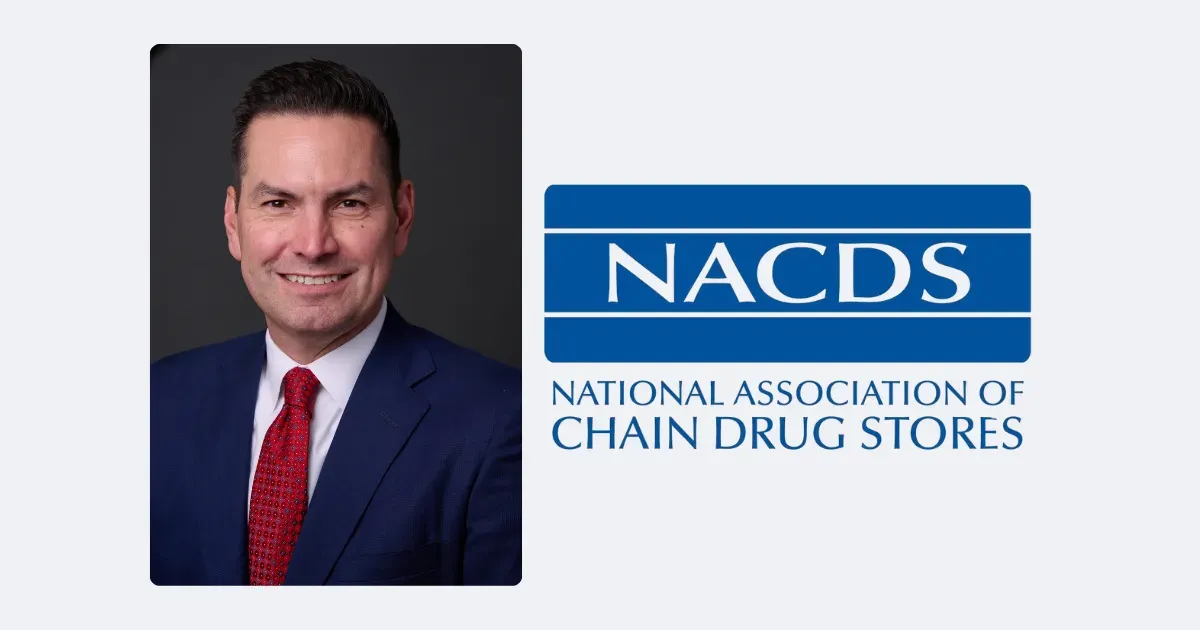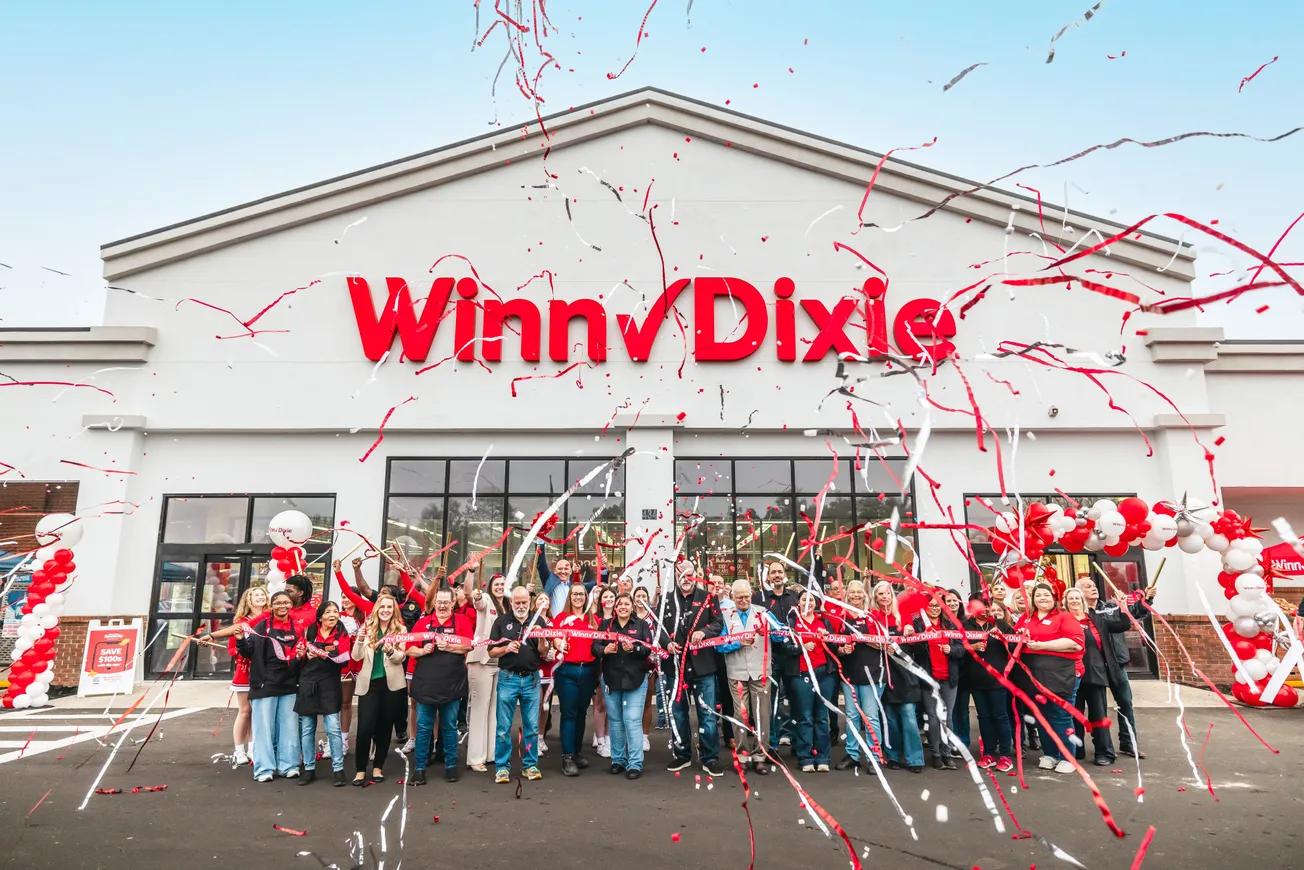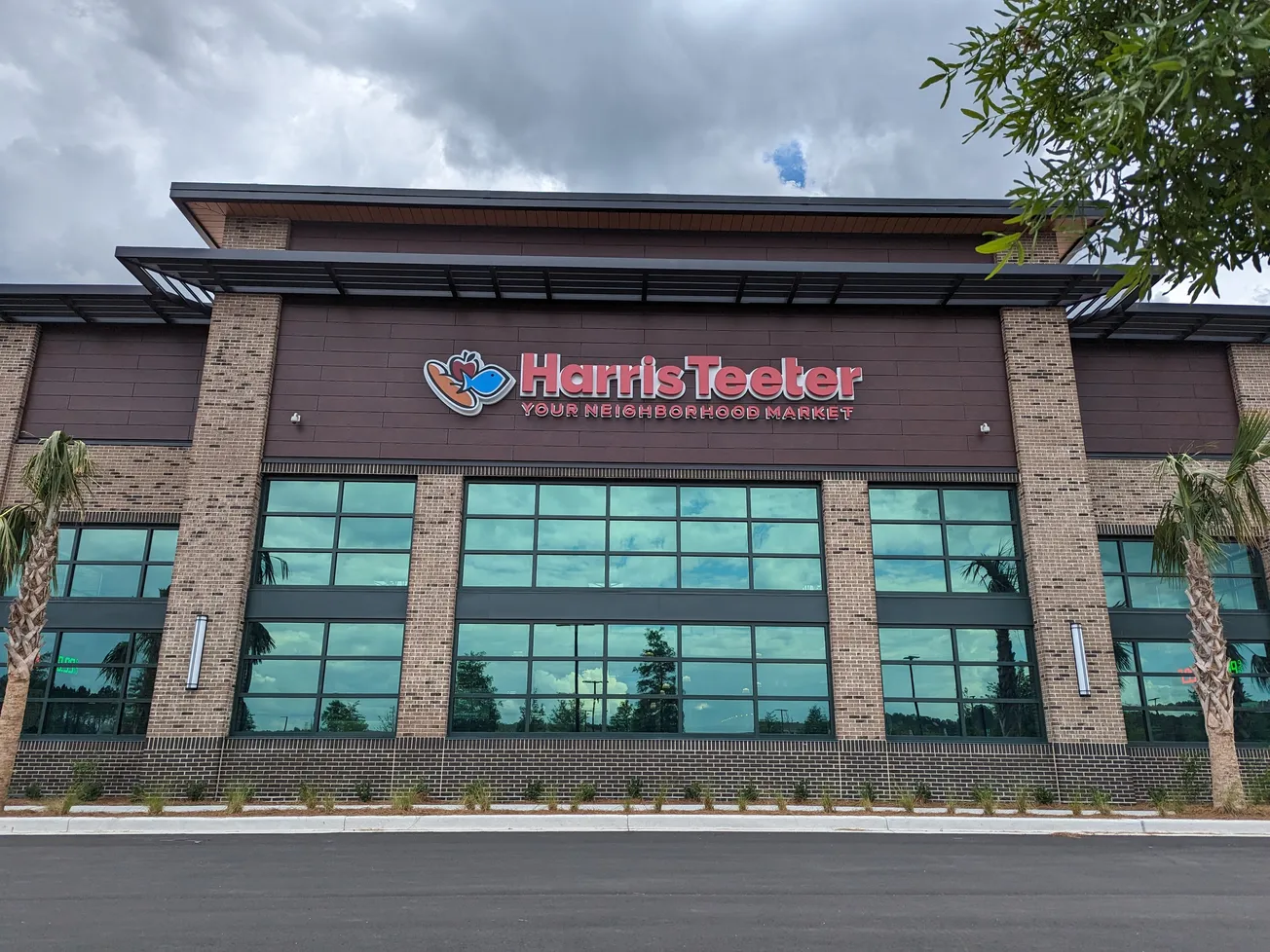This week’s NACDS Annual Meeting will showcase the association’s chairmanship succession. This year Kevin Host, senior vice president of pharmacy at Walmart, will pass the gavel to Walgreens chief pharmacy officer Rick Gates. Gates recently spoke with Jeffrey Woldt, editor-in-chief of Chain Drug Review and Mass Market Retailers, about his role with NACDS. In this transcript he shares his views about the state of NACDS and the retail pharmacy business, as well as such important issues as PBM reform and expanding the scope of pharmacy practice.
WOLDT: As you prepare to become NACDS chairman, how do you view the state of the association and the chain pharmacy industry? What will your top priorities be in your new role?
GATES: The future of community pharmacy is bright, and it’s critical we adapt and advocate for patients’ access to the pharmacy and pharmacist of their choice. As the role of pharmacy in health care evolves, our industry must unite to expand access, modernize care and ensure every community receives the support it deserves.
As chair of NACDS, I will be focused on working with industry leaders to strengthen pharmacy’s role as the front door to health care.
My priorities will center on three areas: accelerating modernization of the pharmacy operating model, elevating community pharmacy as the practice setting of choice, and driving impact through policy, advocacy and reform. We’re already seeing momentum across all three priorities:
• Accelerating modernization involves rethinking how pharmacies operate to better serve patients and empower pharmacists. Centralized services like micro-fulfillment centers and call centers are freeing up pharmacists for clinical care, while digital tools are enhancing personalized, omnichannel experiences.
• Elevating community pharmacy is about positioning it as a leading practice setting. We’re strengthening collaboration with academia, expanding professional development opportunities and building pathways to attract and retain top talent.
• Driving impact starts with unified advocacy. We’re advancing policy solutions that support fair reimbursement, reduce regulatory barriers and ensure pharmacy has a strong voice in shaping the future of health care.
Ultimately, the steps we take now will shape the future — we must unite as one voice across independent pharmacies, chains and practitioners to drive critical reforms.
WOLDT: PBM reform is arguably the biggest challenge facing NACDS and its members. Despite widespread support in Congress, the outlook for legislative relief remains uncertain. What more can be done to persuade lawmakers to fix DIR and stop other questionable PBM practices?
GATES: Walgreens is the country’s largest independent pharmacy provider, meaning we don’t own or operate a PBM. I’m proud of how we’ve continued to advocate for clinician payment reform (provider status) at both the government/regulatory level and in conversations with PBMs.
PBM reform and clinician payment reform are the biggest priorities for our industry. We are advocating for a model that values and fairly reimburses pharmacies for the care they provide and preserves access for communities across the country. We’ve seen a lot of recent progress on the state and local level — for example, support for Arkansas’s Rule 128, where our team’s testimony helped establish guardrails on PBM practices and ensure fair reimbursement.
NACDS continues to help lead these efforts at the federal level — advocating not only for PBM reform but also for broader clinician payment reform and provider status for pharmacists. These efforts go hand in hand. Pharmacists are delivering frontline care, yet they lack recognition and reimbursement as health care providers under federal law. That must change.
Changes we as an industry need to see:
• Ending patient steering to PBM-affiliated pharmacies.
• Setting reimbursement rate floors that reflect true dispensing costs.
• Banning spread pricing.
• Recognizing pharmacists as providers and ensuring they’re paid for clinical services.
The Equitable Community Access to Pharmacist Services Act would be a meaningful step forward, but real reform means fixing the system holistically. NACDS is committed to driving this change — because without it, access, affordability and the future of pharmacy care remain at risk.
WOLDT: Current trends in health care point to a bigger role for retail pharmacy. What additional services should members of the profession be empowered to provide? How can NACDS help them secure that expanded authority?
GATES: Pharmacies and pharmacists are the front door to health care. With 80% of Americans wanting to receive more services at their local pharmacy — such as screenings, vaccinations and chronic condition management — it’s clear that patients are ready for more care in this setting. Pharmacists also remain one of the most trusted professionals, making them well positioned to deliver high-value, accessible care.
To make this possible, we need to ensure pharmacists are recognized as providers and fairly reimbursed for the clinical services they’re trained to deliver. That means updating laws and payment models to reflect the real value pharmacists bring to patient care.
Technology is helping pave the way by streamlining back-end tasks and freeing up pharmacists to spend more time with patients. But the system must catch up — ensuring that pharmacy services are not only enabled but fully integrated into the broader health care ecosystem.
NACDS is leading that charge, advocating for expanded authority, provider status and payment reform so pharmacies can deliver the care patients want — and deserve — closer to home.
WOLDT: In light of all the issues that we’ve talked about, it’s safe to say that the time is right for innovation in chain pharmacy. How can NACDS help foster new ideas — e.g., pharmacy reimbursement models — that will benefit its members and the industry as a whole?
GATES: I started my career as a high schooler working the register at an independent pharmacy in Des Moines, Iowa — and that’s where I first saw the incredible impact pharmacists have on their communities. That early experience sparked a passion for patient care and advocacy that’s stayed with me throughout my career, and it’s why I care so deeply about the future of pharmacy and the role NACDS plays in shaping it.
It’s imperative we embrace our shared experiences — at independent pharmacies, chains and academia — to show up as a unified industry working in lockstep to drive a more sustainable future for our industry, just as other sectors have done successfully.
To address industry challenges, we must collaborate and advocate to advance our profession by:
• Engaging with key stakeholders — including professional organizations and advocacy groups, policy makers — to ensure pharmacy’s priorities are well represented in legislative and regulatory discussions.
• Educating state boards of pharmacy and elected officials on current regulatory barriers limiting pharmacists from practicing using the full scope of their education and training.
• Maintaining a seat at the table in influencing state and federal policy, legislative and regulatory change.
We as an industry can drive needed solutions forward. Through collaboration and advocacy, I believe we can strengthen the future of community pharmacy to meet growing consumer demand and sustainably enhance care outcomes.









